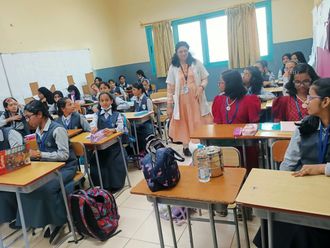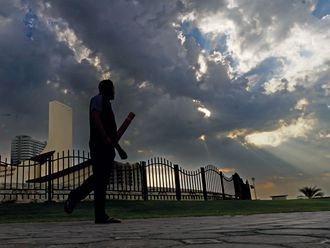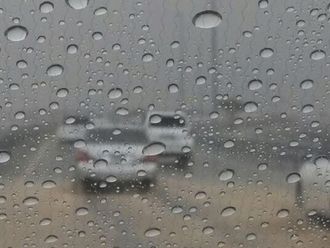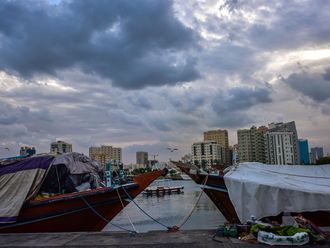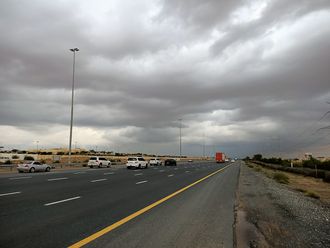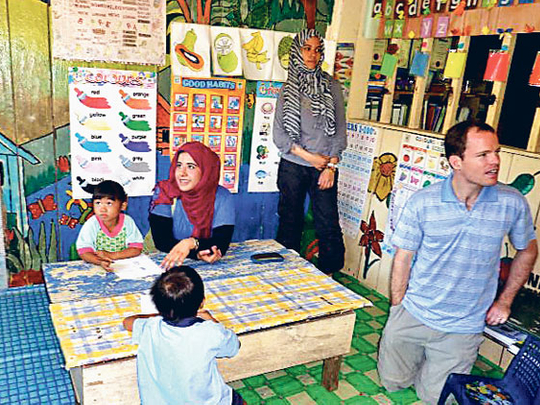
Technology dependent students from Masdar Institute of Science and Technology (MIST) learned a thing or two about self-sufficiency when they visited primitive villages on the island of Borneo.
Thirteen students and two professors travelled to the villages of Terian and Buayan to witness how what nature provides can be adapted to create technology taken for granted in the modern world, namely electricity.
The simple life
"Micro-hydro power generation were only terms we learned in theory, until we saw how its mechanical simplicity improved their lives," MIST student Vimitha Manohar said.
These small, clean renewable energy systems harness the power of water to electrify villages with 30 to 50 homes, which have never been connected to an electric grid she explained.
To compensate for the inconsistent supply of electricity using traditional methods, such as diesel generators, villagers use multiple natural resources such as water and sun, alternating them when available.
Limitations
Students learned that one of the main hindrances in relying solely on micro hydro power is the risk of not having sufficient water to meet electricity demand during the dry season.
Reliance on solar energy to generate electricity through solar panels also proved insufficient for continuous availability. "The villagers had to finish their work before sunset because solar panels generate electricity only during daytime and micro-hydro power generation was not sufficient during dry seasons," Manohar said.
The work in Borneo enabled students to apply their knowledge of sustainable energy systems to a different context than Masdar City, which heavily relies on solar power for electrical generation.
"I was inspired that without having anything, you could make something," Manohar added.
Shaikha Al Mazroui, a student, was inspired by the importance the villagers attributed to education and how their children gathered at night to study under kerosene lamp. In addition to the technological assessment, the social interaction between the students and the villagers was equally valuable.




